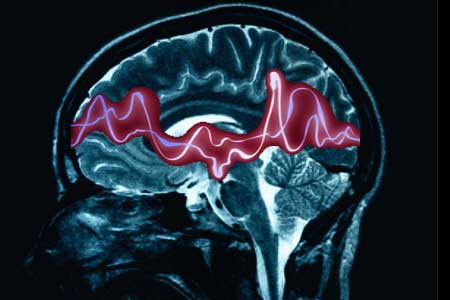The injectable neurostimulator: an emerging therapeutic device
Xiaolong Li1, , Wouter A. Serdijn2, Wei Zheng1, Yubo Tian1, Bing Zhang1
1 School of Electronics and Information, Jiangsu University of Science and Technology, Zhenjiang, China
2 Section of Bioelectronics, Delft University of Technology, Delft, the Netherlands
Highlights
- Injectable neurostimulators (InNSs) for clinical use are necessary to avoid the side effects of the dominant bulky implantable neurostimulator.
- The concept, implementation challenges, and development trends of the InNS are illustrated in detail.
- The new generation of InNSs can be powered from a microbattery, a radio-frequency energy harvester, or an inductive coupling link.
- Obstacles include the implementation of injectable batteries, injectable antennas, and radio-frequency energy harvesters; the realization of InNSs also awaits breakthroughs in soft and bendable materials, reliability, and the mode of injection.
Injectable neurostimulators are currently applied in clinical trials to minimize the side effects such as discomfort, risk of infection, and post-surgery trauma, which can be pronounced with conventional, bulky implantable neurostimulators. Owing to its smaller size, wireless-updatable software, and wireless power supply, the injectable neurostimulator is presumably less invasive, ‘smarter’, and has a longer lifetime. We discuss the concept and development of the injectable neurostimulator, persistent implementation challenges, and obstacles to be overcome in its evolution. We survey the use of new materials, technologies, and design methods for injectable electrodes, batteries, antennas, and packaging to enhance reliability and other features. These advances in the field are accompanied by progress in electrophysiology, neuroscience, neurology, clinical trials, and treatments.
Keywords
- biocompatible materials;
- electrical nerve stimulation;
- injectable neurostimulator;
- injectable electronic devices;
- therapeutic device

 Opinion paper in Trends in Biotechnology
Opinion paper in Trends in Biotechnology

![Damaged situation of the middle and inner ear; hair cells are damaged or non-existent, nerve cells are not fully developed or do not reach the cochlea [3].](http://bme.weblog.tudelft.nl/files/2015/03/damaged_inner_ear-300x244.jpg)




